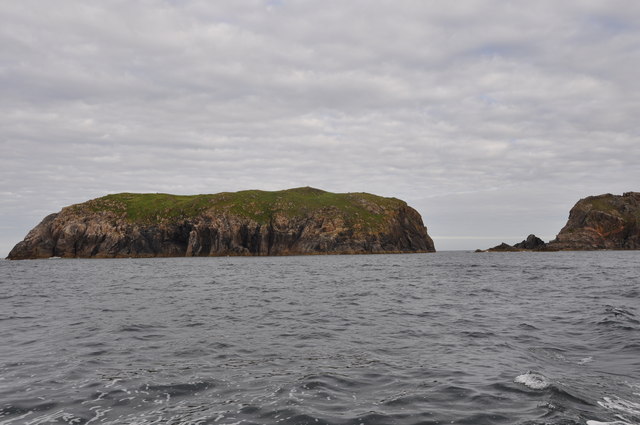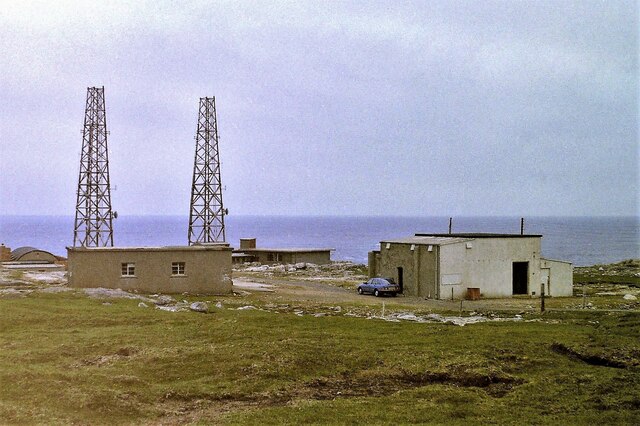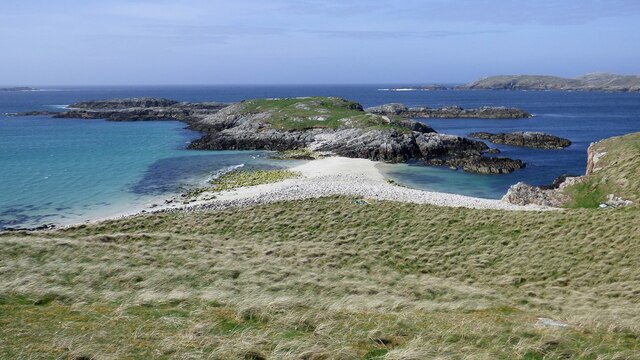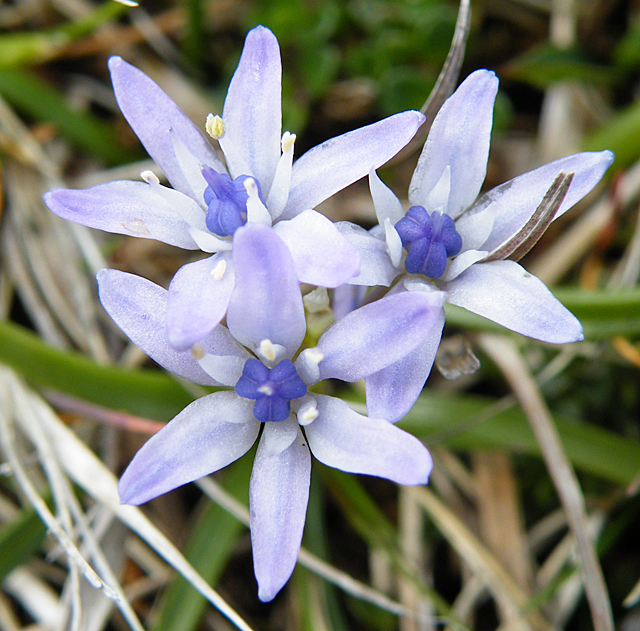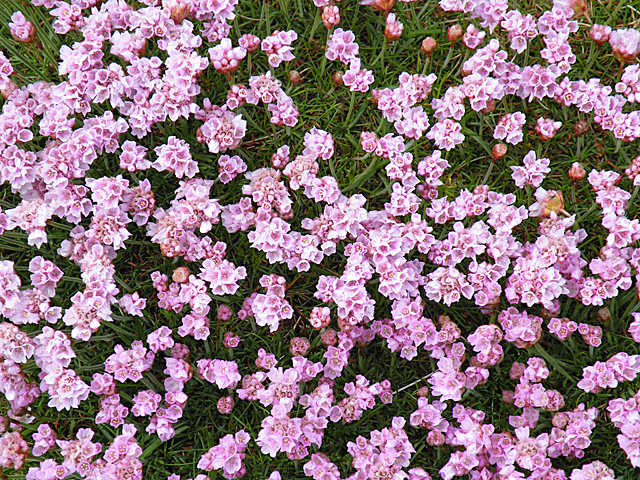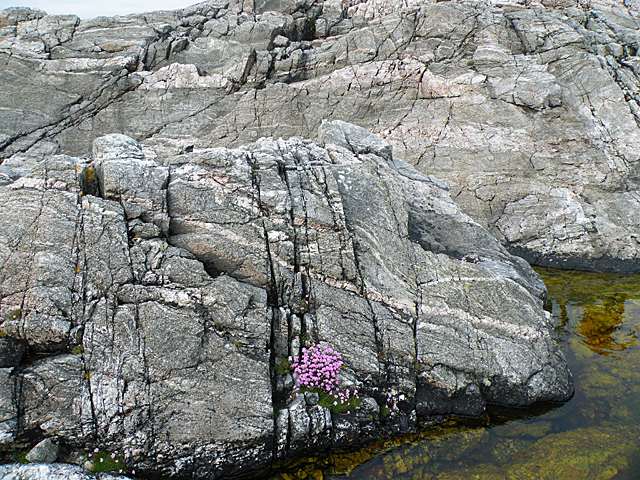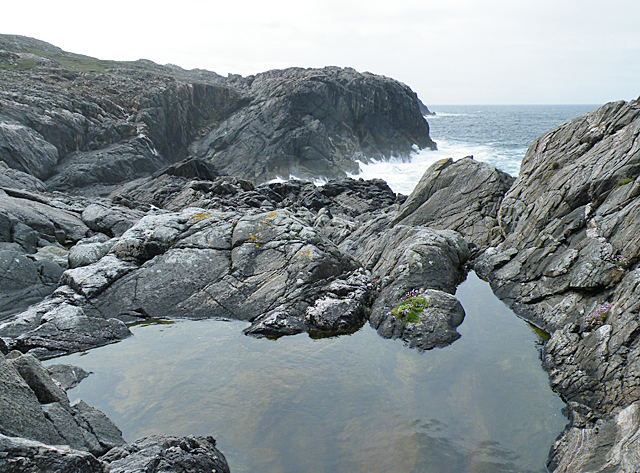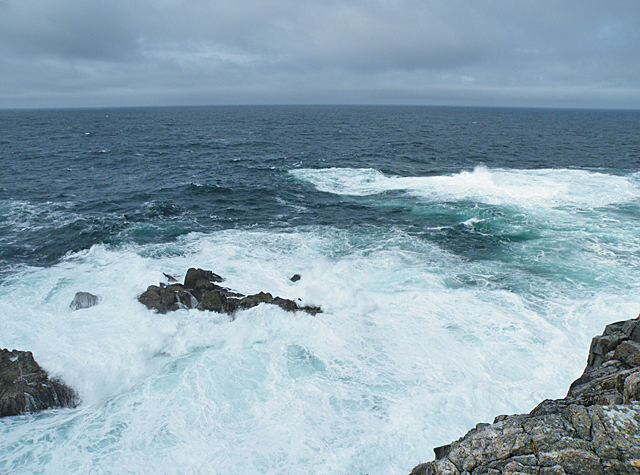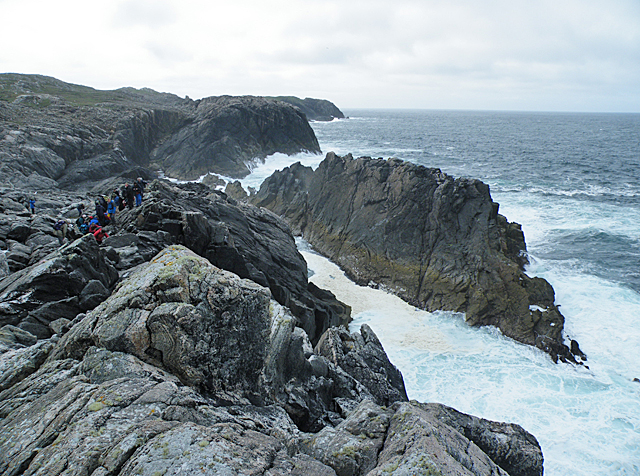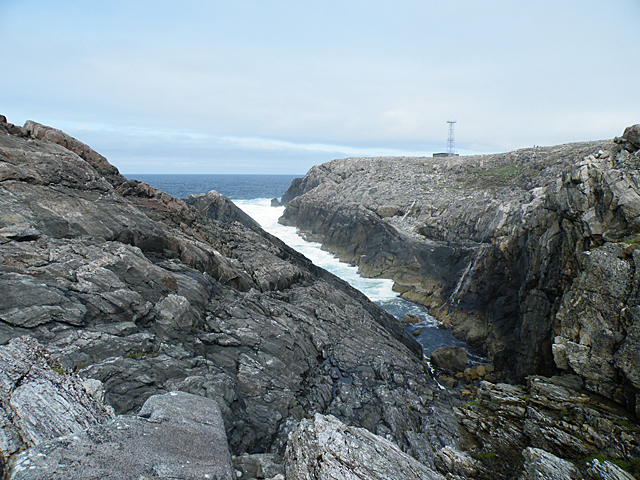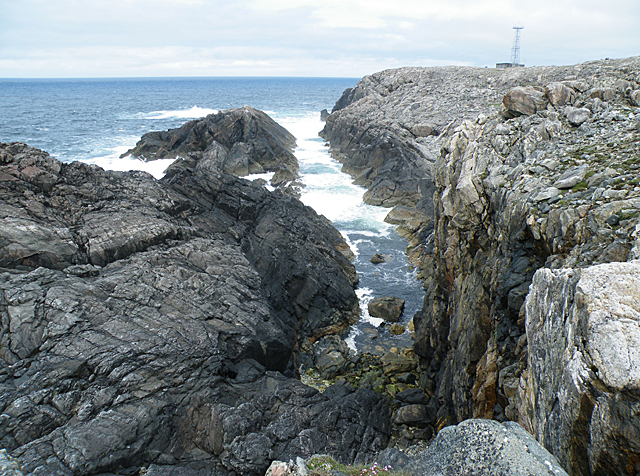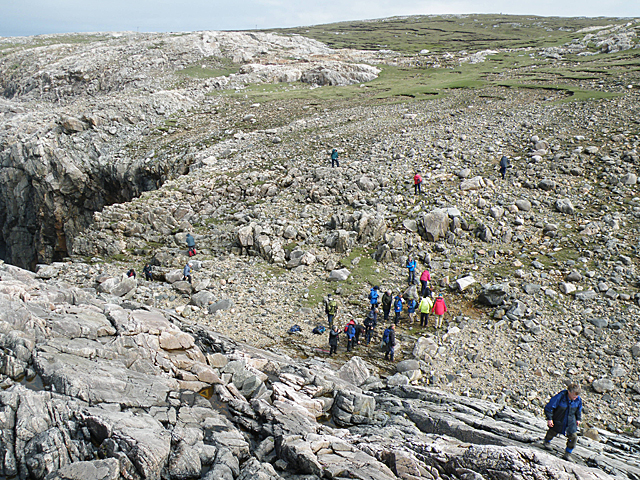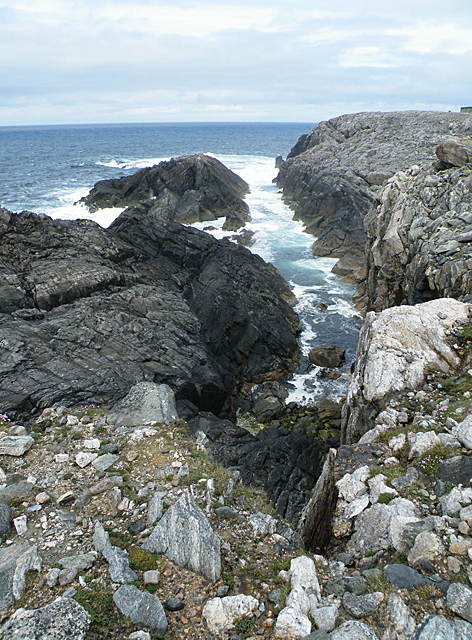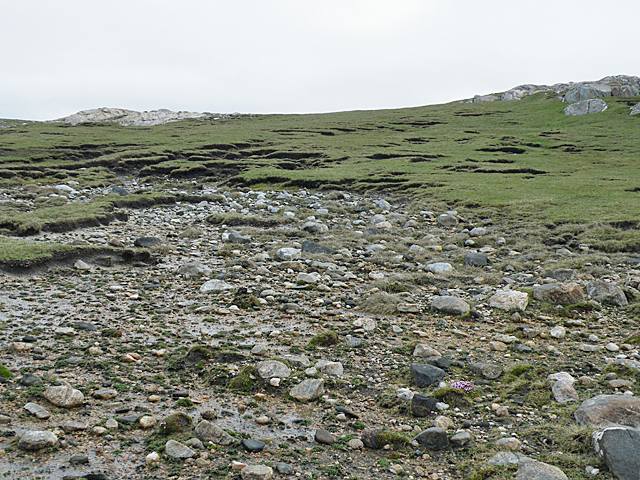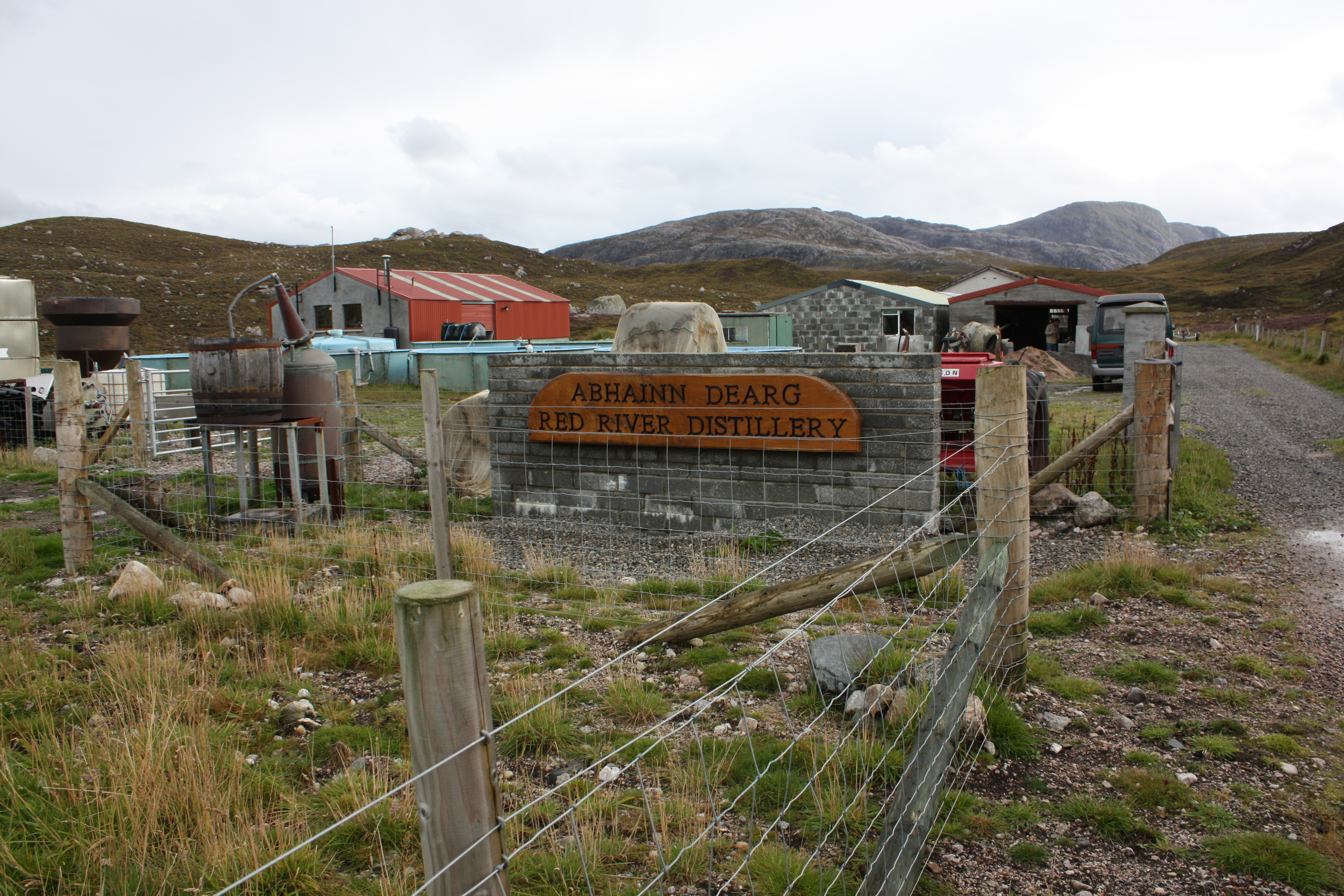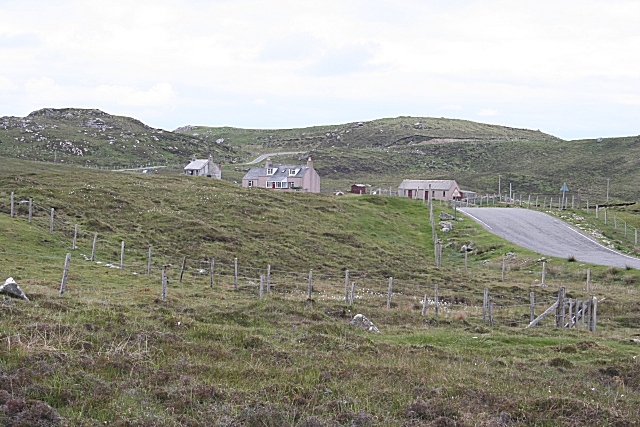Geodha nan Sgiod
Coastal Feature, Headland, Point in Ross-shire
Scotland
Geodha nan Sgiod
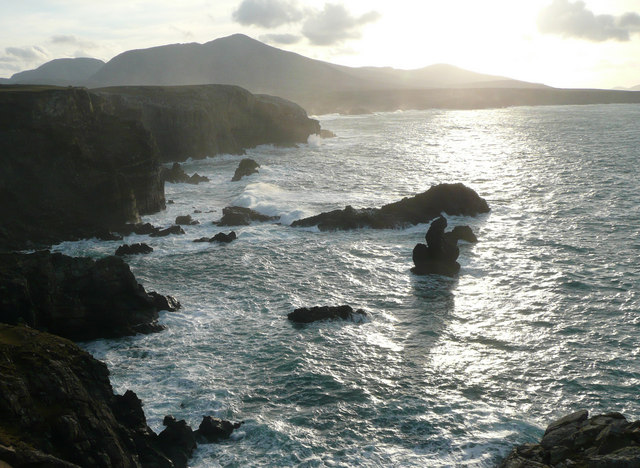
Geodha nan Sgiod, located in Ross-shire, Scotland, is a prominent coastal feature known for its picturesque headland and point. Situated on the northwest coast of Scotland, this stunning geographical formation offers breathtaking views of the surrounding landscape and the vast Atlantic Ocean.
The headland of Geodha nan Sgiod stretches out into the sea, forming a natural barrier against the relentless waves. Its rocky cliffs rise steeply from the water, creating a dramatic and imposing sight. The headland is characterized by its rugged terrain and is adorned with vibrant vegetation, including hardy grasses and wildflowers that cling to the cliffs.
At the end of the headland, visitors will find the point of Geodha nan Sgiod. This point offers an unobstructed vista of the open ocean, providing a prime vantage point for witnessing the power and beauty of the Atlantic. The crashing waves against the rocks below and the cries of seabirds soaring overhead create a sensory experience that is both exhilarating and peaceful.
Geodha nan Sgiod is a popular destination for nature enthusiasts and photographers, attracting visitors from near and far. Its remote location and untouched beauty make it an ideal spot for those seeking solitude and a sense of connection with the natural world.
It is important to note that Geodha nan Sgiod can be challenging to access, as the terrain can be treacherous and the weather conditions unpredictable. Visitors are advised to come prepared with appropriate footwear and clothing, and to exercise caution when exploring this stunning coastal feature.
If you have any feedback on the listing, please let us know in the comments section below.
Geodha nan Sgiod Images
Images are sourced within 2km of 58.187097/-7.0893815 or Grid Reference NB0133. Thanks to Geograph Open Source API. All images are credited.
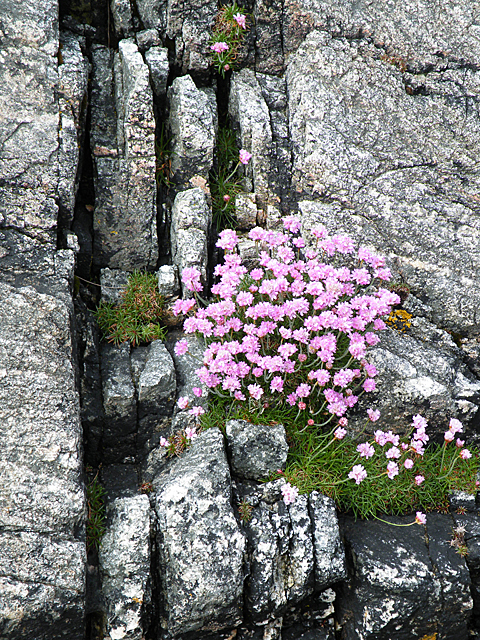
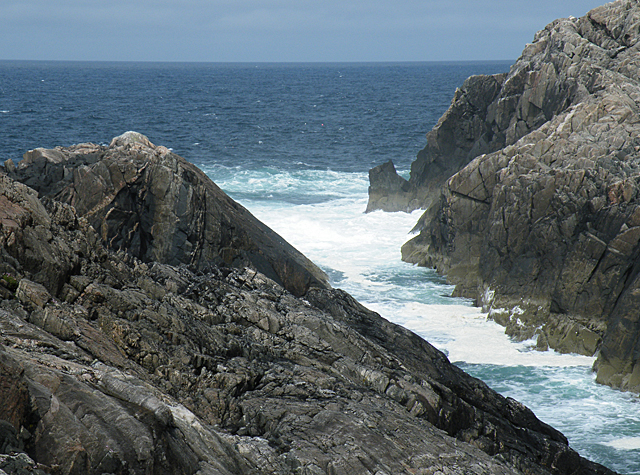

Geodha nan Sgiod is located at Grid Ref: NB0133 (Lat: 58.187097, Lng: -7.0893815)
Unitary Authority: Na h-Eileanan an Iar
Police Authority: Highlands and Islands
What 3 Words
///steams.beauty.timidly. Near Carloway, Na h-Eileanan Siar
Related Wikis
Stac Dhòmhnaill Chaim
Stac Dhòmnuill Chaim, or Stac Dhòmhnaill Chaim, or Stac Domhnuill Chaim, is a fortified promontory located near Mangursta (or Mangersta, Scottish Gaelic...
Abhainn Dearg distillery
Abhainn Dearg distillery ( AV-in JAIRG) or Red River distillery is a Scotch whisky distillery in Uig, on the west coast of the Isle of Lewis in the Outer...
Ardroil
Ardroil (Scottish Gaelic: Eadar Dhà Fhadhail) is a village on the Isle of Lewis in the Outer Hebrides, Scotland. Ardroil is within the parish of Uig....
Uig, Lewis
Uig (Scottish Gaelic: Ùig [uːkʲ]), also known as Sgìr' Ùig, is a civil parish and community in the west of the Isle of Lewis in the Outer Hebrides, Scotland...
Nearby Amenities
Located within 500m of 58.187097,-7.0893815Have you been to Geodha nan Sgiod?
Leave your review of Geodha nan Sgiod below (or comments, questions and feedback).
